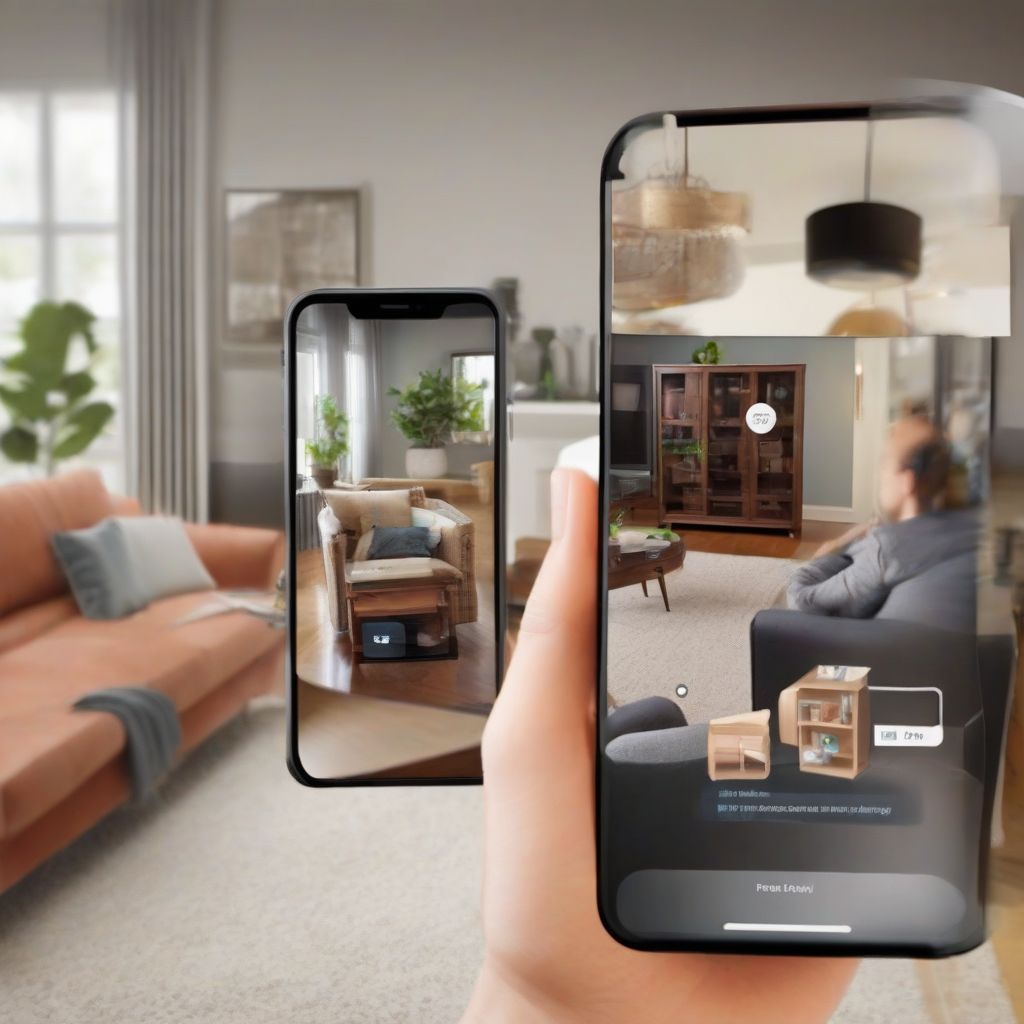Imagine this: you’re browsing online for that perfect blender, the one that’s going to make your morning smoothie dreams a reality. You find a website, but it’s clunky, slow, and confusing to navigate. Frustrated, you abandon your cart and head to a competitor’s site – one that’s sleek, intuitive, and provides you with all the information you need.
This, my friends, is the power of a tech-enhanced ecommerce customer experience. In today’s digital age, it’s not enough to simply have products online. To truly thrive, businesses need to harness the power of technology to create seamless, personalized, and enjoyable shopping journeys that turn casual browsers into loyal customers.
Why Prioritizing the Ecommerce Customer Experience Matters
In a world saturated with choices, a positive customer experience is a key differentiator. Here’s why:
- Increased Conversions: A smooth, intuitive experience leads to higher conversion rates. When customers can easily find what they’re looking for, navigate your site effortlessly, and checkout without a hitch, they’re more likely to complete a purchase.
- Boosted Customer Loyalty: Positive experiences foster loyalty. When customers enjoy interacting with your brand online, they’re more likely to return for future purchases and recommend you to others.
- Enhanced Brand Reputation: A stellar online experience translates to a stronger brand reputation. Happy customers are more likely to leave positive reviews, share their experiences on social media, and become brand advocates.
Leveraging Tech for an Unforgettable Customer Experience
Now, let’s dive into the exciting part – how to actually use tech to elevate your ecommerce game:
1. Personalization is Key
Remember those personalized recommendations you get on your favorite streaming platform? That’s the power of data-driven personalization, and it’s a game-changer for ecommerce.
- Product Recommendations: Utilize AI-powered algorithms to analyze browsing history and purchase patterns to suggest relevant products.
- Targeted Content: Deliver content tailored to individual customer interests and preferences. For example, if someone frequently browses healthy recipes, showcase your sugar-free or organic product lines.
- Personalized Emails: Craft email campaigns that resonate with individual customers based on their past interactions with your brand.
2. Chatbots: Your 24/7 Customer Support
In today’s fast-paced world, instant gratification is key. Customers expect quick answers and efficient solutions. This is where AI-powered chatbots come in.
- Instant Support: Provide round-the-clock assistance, answering frequently asked questions and resolving basic queries without human intervention.
- Personalized Guidance: Guide customers through the sales funnel by offering tailored product recommendations and addressing specific concerns.
- Streamlined Service: Automate tasks like order tracking, return processing, and appointment scheduling, freeing up your human team to focus on more complex issues.
3. Augmented Reality (AR) for Interactive Shopping
Ever wished you could try on clothes or visualize furniture in your living room before buying online? AR is making that a reality!
- Virtual Try-Ons: Allow customers to “try before they buy” with virtual try-on features for clothing, accessories, and even makeup.
- Product Visualization: Help customers envision how products will look in their own space with AR tools that overlay furniture, decor, or appliances onto real-world images.
 Augmented Reality for Ecommerce
Augmented Reality for Ecommerce
4. Seamless Checkout and Payment Options
A complicated checkout process is a surefire way to increase cart abandonment rates. Optimize your checkout flow to make it a breeze for customers.
- Guest Checkout: Offer a guest checkout option to cater to first-time buyers who may not be ready to create an account.
- Multiple Payment Gateways: Provide a range of payment options, including credit cards, digital wallets, and buy now, pay later services to accommodate diverse preferences.
- One-Click Checkout: For returning customers, implement one-click checkout options to save their payment and shipping information, making future purchases a breeze.
5. Building Community and Engagement
In the age of social media, building a sense of community around your brand is invaluable.
- Social Commerce Integration: Make it easy for customers to purchase directly through your social media channels with shoppable posts and integrated checkout options.
- User-Generated Content: Encourage customers to share their experiences with your products through reviews, testimonials, and social media posts, building authenticity and trust.
- Interactive Content: Create engaging quizzes, polls, and contests that encourage interaction and foster a sense of community.
6. Don’t Forget Mobile Optimization
With more people than ever shopping on their smartphones, having a mobile-responsive website is no longer optional – it’s essential.
- Responsive Design: Ensure your website adapts seamlessly to different screen sizes, providing a consistent experience across all devices.
- Fast Loading Speeds: Optimize images and minimize code to ensure fast loading times on mobile devices, as slow loading speeds are a major turn-off for mobile users.
- Mobile-First Navigation: Design intuitive and easy-to-use navigation specifically for mobile devices.
Real-World Inspiration: Ecommerce Powerhouses Leading the Way
Numerous brands are leveraging technology to create exceptional ecommerce experiences. Here are a few standout examples:
- Amazon: The ecommerce giant excels at personalized recommendations, one-click checkout, and leveraging customer data to anticipate needs.
- Sephora: The beauty retailer offers virtual try-on experiences for makeup products, personalized recommendations, and a seamless mobile app experience.
- Nike: Nike’s app provides personalized training plans, product recommendations based on activity data, and exclusive access to limited-edition releases.
[amazon bestseller=”ecommerce marketing”]
Embrace the Power of Tech for Ecommerce Success
Enhancing the customer experience is an ongoing journey, not a destination. By embracing technological advancements and staying attuned to evolving customer expectations, you can create an online shopping experience that sets your brand apart and drives sustainable growth.
Now, I’d love to hear from you! What are some of your favorite examples of brands using technology to create exceptional ecommerce experiences? Share your thoughts in the comments below!
